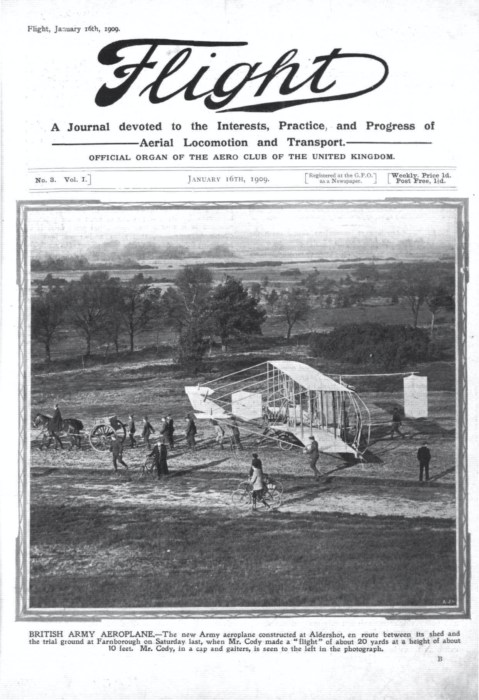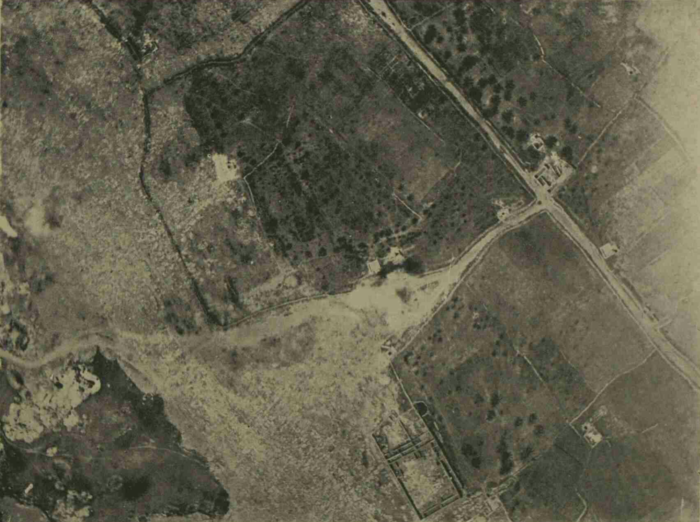Introducing @TroveAirRaidBot
I’ve remixed Trove Air Bot 2 into a new bot: Trove Air Raid Bot. As the name suggests, this is picking up a different subset of Trove Newspapers articles to @troveairbot, namely those relating to air raids, which it then tweets, one every 30 minutes. In fact, that’s the only key word, or rather phrase, […]








